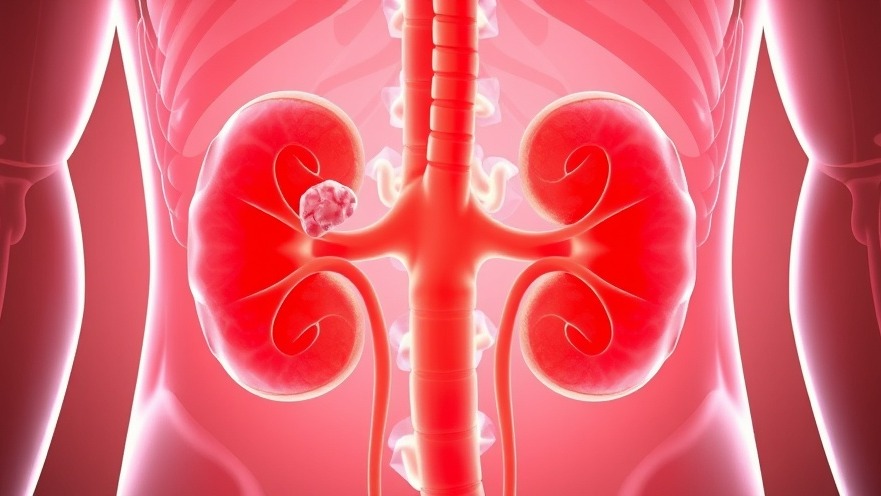
Understanding Kidney Stones: A Growing Concern
Kidney stones, often described as small, hard lumps formed from minerals, are a common yet often painful experience. The formation of kidney stones is not only a medical issue but also a wellness concern impacting the quality of life. As a concierge medical practice owner, understanding the intricacies of kidney stone treatment could position your practice as a local leader in patient-centered healthcare.
Potential Treatment Options for Kidney Stones
When it comes to treatment, the approach varies based on the size, location, and symptoms associated with the kidney stone. Several options are available:
Waiting for Natural Passage: Many kidney stones can be passed naturally through the ureter. While this can cause significant pain, prescribed pain medication and guided management can help alleviate discomfort.
Monitoring Without Removal: If the stone is asymptomatic, carefully monitoring the stone's size through imaging studies like ultrasounds and CT scans can be an appropriate strategy. This will ensure patient safety without invasive procedures.
Surgical Procedures: In cases where stones cause significant pain or complications, surgical interventions like ureteroscopy, Extracorporeal Shock Wave Lithotripsy (ESWL), or percutaneous nephrolithotomy might be necessary to effectively manage the condition.
Building a Comprehensive Care Plan
For concierge medical practice owners, fostering a tailored treatment plan for patients with kidney stones can be beneficial. Engaging in a thorough discussion about treatment options not only empowers patients but also strengthens the doctor-patient relationship. Educating patients on kidney stones, potential complications, and preventive measures can enhance their overall wellness.
Preventive Measures: A Key to Patient Wellness
Encouraging patients to take proactive steps in their health can help reduce the incidence of kidney stones. Key lifestyle strategies include:
Hydration: Increasing fluid intake significantly aids in preventing kidney stone formation. Patients should aim for sufficient daily water consumption.
Dietary Adjustments: Recommending a balanced diet low in sodium and high in fruits and vegetables can also mitigate risk factors associated with kidney stones.
Regular Check-Ups: Routine urine tests can help identify potential health concerns before stones can develop.
Conclusion: Empower Patients with Knowledge
In the journey of treating and preventing kidney stones, knowledge is power. As a dedicated concierge practice, providing education and individualized care not only improves patient outcomes but solidifies your standing as a top provider. Embracing the nuances of kidney stone treatment and focusing on preventive strategies can transform the patient experience, placing their wellness at the forefront of your practice.
 Add Row
Add Row  Add
Add 




Write A Comment